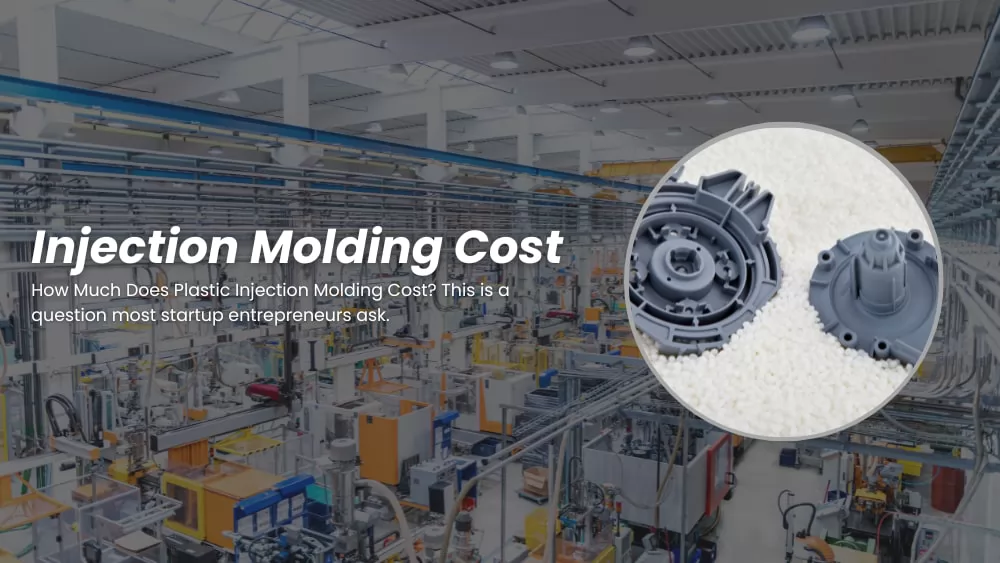
The global injection molding market size was estimated at USD 261.8 billion in 2021 and is anticipated to expand at a compounded annual growth rate (CAGR) of 4.8% from 2022 to 2030.
How Much Does Plastic Injection Molding Cost? This is a question most startup entrepreneurs ask. But there is no definite answer to this question. As of December 2023, the price of a minimum standard injection molding service will be around US$6,500 to US$10,000.
If you plan to find an injection molding company to provide molding services for your project in the near future, then you need to know the approximate price of injection molding services and how you can optimize your project to reduce the cost of injection molding.
In this article, you will learn:
- Injection Molding Pricing: How Much Does It Cost?
- Injection Molding Material Cost Estimation
- Injection Mold Cost Estimation
- Manufacturing Cost Estimate
- 2025 Price Table for Plastic Molding Services
- What Impacts the Cost of Injection Molding?
- How Can I Reduce Injection Molding Prices?
- How to Find Cheap Injection Molding Services?
- Frequently Asked Questions
Injection Molding Pricing: How Much Does It Cost?
Injection molding costs can vary widely depending on factors such as mold complexity, production volume, material selection, and lead times. Understanding the key variables that determine cost is essential for anyone involved in plastic mold manufacturing or plastic injection molding projects.
Overview and Key Factors
The price of injection molding includes several cost elements: initial mold design and tooling, raw material costs, machine time, labor, finishing, and quality assurance. In many cases, the mold itself is a major capital investment. For example, a standard plastic mold may range from $5,000 to $15,000 while high-precision or multi-cavity molds can cost significantly more. This investment is usually balanced against the production volume—the more units produced, the lower the cost per piece.
Other critical factors include:
-
Design Complexity: Intricate part geometries or fine details increase the design time and machining costs.
-
Mold Material & Construction: The type of steel or alloy used, plus the expected service life of the mold, affect pricing.
-
Cycle Time & Production Volume: Faster cycle times and higher volumes often justify higher upfront tooling costs due to economies of scale.
-
Post-Processing Requirements: Secondary operations such as painting, assembly, or surface treatment can also add to the overall cost.
Cost Comparison Table
Below is a sample table outlining the price ranges based on different mold types and production scenarios:
| Part Complexity | Tooling Cost ($) | Unit Cost ($) | Production Volume (units) |
|---|---|---|---|
| Simple | 5,000 – 10,000 | 0.50 – 1.00 | 10,000+ |
| Moderate | 10,000 – 25,000 | 1.00 – 2.50 | 5,000 – 10,000 |
| Complex | 25,000 – 50,000+ | 2.50 – 5.00 | 1,000 – 5,000 |
When calculating the overall cost, you must also factor in secondary expenses. Machine setup and maintenance, quality control, and risk of downtime during production can influence the final pricing. For example, molds that are designed for high-cycle production must be built to withstand continuous use, often necessitating premium materials and advanced engineering solutions.
Another aspect is the geographical region. Labor and raw material costs differ from one region to another. Manufacturers in areas with lower overhead might offer more competitive pricing. Moreover, investment in modern, energy-efficient injection molding machines can help reduce long-term production costs and environmental impact.
In conclusion, understanding injection molding pricing is not a one-size-fits-all endeavor. By considering all these factors and reviewing detailed cost breakdowns, you can develop a realistic budget for your project. This transparency in pricing helps manufacturers and clients collaborate effectively, ensuring high-quality production without unexpected costs.
_1741757572_WNo_1600d900.webp)
Injection Molding Material Cost Estimation
The cost of materials in plastic injection molding is a pivotal element that affects the overall production budget. Materials not only determine the durability and function of the final product but also have a substantial impact on the injection molding process costs.
Material Types and Their Cost Factors
Several popular materials dominate the plastic injection molding industry, including ABS, Polypropylene (PP), Polycarbonate (PC), and Nylon, among others. Each material offers unique properties—such as impact resistance, clarity, or thermal stability—which can dictate their cost per kilogram. For instance, engineering plastics such as Polycarbonate tend to be more expensive than commodity plastics like polypropylene.
Key factors affecting material costs include:
-
Raw Material Price: Global oil prices, supply chain dynamics, and geopolitical events can lead to fluctuations.
-
Material Grade: Higher grades meant for medical or high-performance applications cost significantly more.
-
Additives and Colorants: Customization with additives, fillers, or pigments may increase the price.
-
Volume of Purchase: Bulk orders usually come with discounts, which is a critical aspect for large-scale production.
Material Cost Estimation Table
Below is an example table showing common injection molding materials, their cost ranges, and relevant properties:
| Mold Type | Estimated Cost (USD) | Key Features | Ideal Production Volume |
|---|---|---|---|
| Basic Single-Cavity Mold | $3,000 - $8,000 | Simple design, minimal moving parts | 1,000 – 5,000 units |
| Complex Single-Cavity Mold | $8,000 - $20,000 | Intricate features, tight tolerances | 5,000 – 10,000 units |
| Multi-Cavity Mold | $20,000 - $80,000 | Multiple cavities for simultaneous production | 10,000 – 100,000+ units |
| Prototype Mold | $2,000 - $5,000 | Quick turnaround, low-volume production | Under 1,000 units |
Injection Mold Cost Estimation
Injection molds are the heart of the injection molding process, and their cost is influenced by multiple factors including complexity, size, number of cavities, and the quality of materials used. Accurately estimating injection mold costs is a cornerstone for budgeting and project planning in plastic injection molding.
Factors Influencing Mold Costs
The overall cost for injection molds can vary based on several criteria:
-
Design Complexity: Molds with complex geometries, moving parts, or multi-cavity designs require more sophisticated engineering and machining.
-
Tool Material: High-performance tool steels or specialized alloys that offer longer life spans typically cost more than standard carbon steel.
-
Cavity Number: Single-cavity molds are generally less expensive compared to multi-cavity molds designed for high-volume production.
-
Production Requirements: The expected production volume can dictate the mold design. High-volume production molds require higher precision and more durable materials, which in turn increase the cost.
-
Surface Finish and Tolerances: Tight tolerances and high-quality surface finishes add to machining time and require advanced technologies, driving up the overall cost.
Injection Mold Cost Estimation Table
The table below provides a rough guide on the cost estimation for different types of injection molds:
| Material | Typical Cost ($/kg) | Characteristics | Applications |
|---|---|---|---|
| ABS | 1.50 – 2.50 | Tough, impact-resistant | Consumer electronics, automotive parts |
| Polypropylene | 1.00 – 2.00 | Flexible, chemical-resistant | Packaging, textiles, clothing accessories |
| Polycarbonate | 2.50 – 4.00 | High clarity, excellent strength | Optical components, protective gear |
| Nylon (PA) | 2.00 – 3.50 | Durable, heat-resistant | Mechanical parts, fasteners |
| Silicone | 4.00 – 6.00 | High temperature resistance, flexible | Seals, gaskets, specialized consumer goods |
In addition to tooling costs, you must consider expenses related to mold maintenance, repair, and eventual replacement. Investing in quality tooling and regular maintenance programs can extend the life of the mold, reducing the long-term production costs. Furthermore, modern simulation software can be used during the design phase to optimize the mold flow and predict potential issues, thereby lowering the risk of costly revisions later on.
_1741757650_WNo_1600d900.webp)
Manufacturing Cost Estimate
Manufacturing cost estimation for plastic injection molding projects encompasses not only the cost of the molds and raw materials but also the expenses associated with production operations, labor, and post-production processing. A comprehensive manufacturing cost estimate is essential for budgeting and project management.
Breakdown of Manufacturing Costs
The manufacturing process involves multiple steps, each with its own associated costs:
Design and Engineering: This includes CAD modeling, prototyping, and simulation studies. A well-thought-out design can optimize material usage and reduce cycle times.
Tooling Costs: As discussed earlier, injection molds represent a significant portion of the initial investment.
Machine Operation: The hourly rates of injection molding machines, which depend on machine type, energy consumption, and cycle time.
Raw Material Costs: These costs fluctuate based on market conditions and the type of plastic used.
Labor Costs: Skilled labor is essential for operating machinery, quality inspection, and maintenance.
Post-Processing: Finishing processes such as trimming, painting, or assembly add to the overall cost.
Overhead Expenses: Rent, utilities, administrative expenses, and other indirect costs also factor into the final pricing.
Manufacturing Cost Estimation Table
Consider the following table as an example of a detailed cost breakdown for a typical plastic injection molding project:
| Cost Component | Estimated Percentage of Total Cost | Detailed Explanation |
|---|---|---|
| Design & Engineering | 10% – 15% | CAD design, prototyping, simulation studies |
| Tooling (Mold) | 25% – 40% | Mold manufacturing, material selection, machining costs |
| Machine Operation | 15% – 20% | Cycle times, machine hourly rates, energy consumption |
| Raw Material | 20% – 30% | Cost per kg of plastic, wastage, bulk discounts |
| Labor & Overhead | 10% – 15% | Operator wages, facility costs, quality control |
| Post-Processing | 5% – 10% | Secondary operations, finishing, packaging |
In today’s competitive market, transparency in manufacturing costs is vital for maintaining profit margins and ensuring customer satisfaction. Detailed cost breakdowns enable manufacturers to offer competitive quotes while still maintaining the quality and reliability of their products. It also facilitates better communication with clients, who can see exactly where their investments are going.
2025 Price Table for Plastic Molding Services
As we step into 2025, the plastic molding industry is adapting to new trends in materials, technology, and customer expectations. The following price table offers a snapshot of projected costs for various plastic molding services, incorporating advances in efficiency and evolving market conditions.
Below is a representative price table outlining service categories and estimated cost ranges for plastic molding services in 2025:
| Service | Price Range | Turnaround Time | Best For |
|---|---|---|---|
| Prototyping |
500 –500–5,000 |
2–4 weeks | Testing new designs |
| Low-Volume Production |
5 , 000 –5,000–20,000 |
4–8 weeks | Seasonal collections |
| Mass Production |
20 , 000 –20,000–200,000+ |
8–12 weeks | Core product lines |
What Impacts the Cost of Injection Molding?
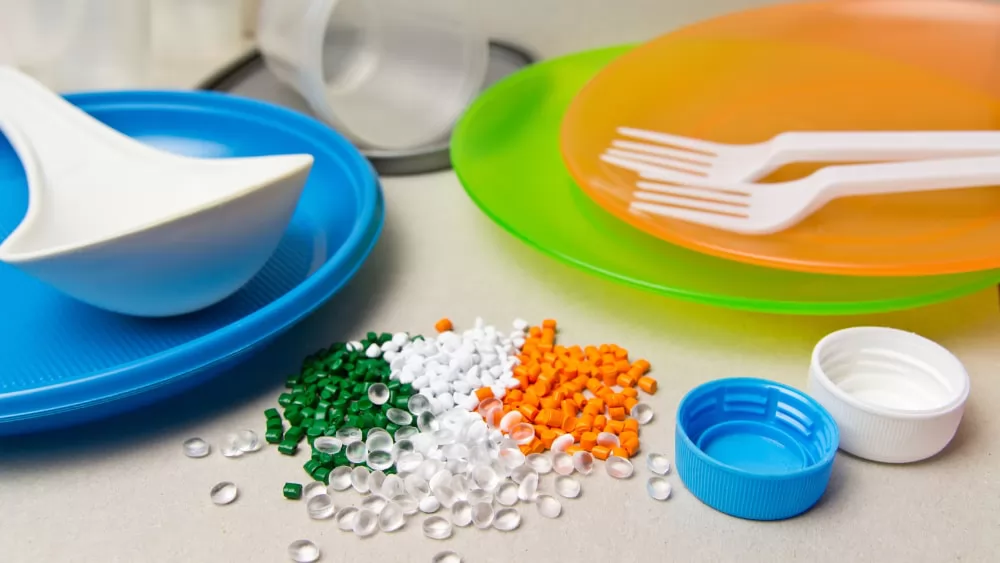
There are many factors that affect the price of injection molding, and the main influencing factors include the following:
1. Size of the Parts
The more sizeable the desired part is, the larger cast it requires for molding. Additionally, larger casts require more material to complete the project. All of these elements combined lead to higher prices, especially when compared to using parts with smaller measurements.
2. Design of the Parts
Parts designed with more complex measurements need casts with more details to complete the finished product. Normally, casts have a side A and a side B. Side A is referred to as the cosmetic side and is much smoother because users will view it the most. Side B includes the hidden components that promote the proper function of the part. These components may include ribs and other recesses.
When casts include intricate designs on both sides, they're usually higher in price to create in comparison to simple models. These designs often require undercuts and various cores, which significantly increase the cost.
3. Production Volume
You might have seen that manufacturing costs per part become less when the production takes place in large quantities. The same idea holds true for injection molding as well.
When you are fulfilling a large production volume, you will require a corresponding large number of molds. However, the cost of the molds does not increase linearly. For example, if the cost of a mold is $1 per part for 100 parts, the cost for 5000 parts can be about $0.5 per part, and for 100,000 molds it can be $0.25 per part.
Similarly, the labor costs per part also decrease for larger production volumes. While the final cost of production increases for higher production volumes, you will incur significantly lower per part expenses.
4. Part Volume or Cavities
The part volume is also known as the cavity or empty part of the cast. Overall cavity volume or additional cavities means a longer press time is required. Additional press times decrease production times which raises the overall price.
5. Injection Material Cost
Plastic injection molding offers a certain degree of versatility concerning the plastics you can use as the injection material. Some examples include ABS, PU, PE, PP, and PC.
The cost of material for plastic resin pellets used in the injection molding process is from $1 per kg to $5 per kg. The final cost of injected material will depend on the amount used, which, in turn depends on the design required.
Other materials that can be injected are different metals and liquid silicone.
6. Other Service
If the manufacturer needs additional services such as polishing or secondary finishing for the product, these represent an extra expense. While it is not a part of the injection molding cost, the service provider might consider it an added cost.
How Can I Reduce Injection Molding Prices?
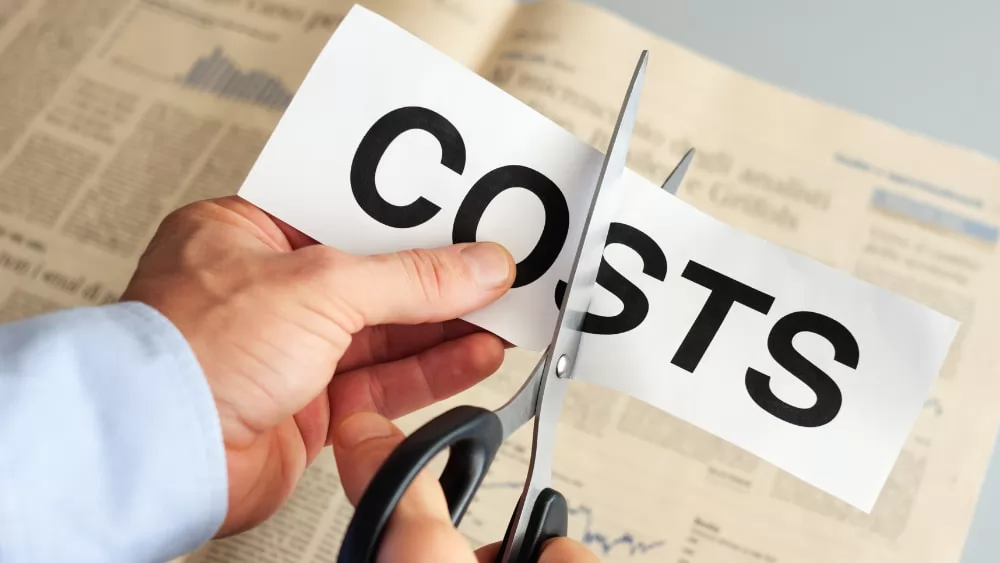
In order to make your product more competitive, here are some tips you need to consider:
Simplifying Features for Efficient CAD Design
One of the key aspects of optimizing the CAD design is to simplify the features of a part. Complex features often result in the need for intricate molds and additional steps in the injection molding process. By eliminating unnecessary features, the cost of injection molds can be significantly reduced. Not only does this streamline the manufacturing process, but it also helps in saving valuable resources.
Cost-Effective Approach: Reducing Part Size
When it comes to parts, bigger is not always better. Increasing the size of parts also increases the expenses associated with the required injection molds. However, by considering the possibility of reducing the part size while accomplishing the same objective, one can adopt a cost-effective approach. Opting for a smaller part size not only reduces mold costs but also enhances efficiency in the production process.
Reusing Molds: Maximizing Resource Utilization
To make the most of available resources, it is advisable to reuse molds for various applications. Molds can be utilized not only for producing the same part repeatedly but also for creating similar parts with minor adjustments or mold modifications. By leveraging the flexibility of molds, companies can save costs and improve the overall efficiency of the manufacturing process.
Leveraging Insert Molds for Enhanced Efficiency
Incorporating advanced technologies like insert injection molding and overmolding can result in long-term cost savings. For example, insert molding eliminates the need to create threads on the plastic for attaching it to metal parts. By using insert molds, manufacturers can reduce the complexity of the manufacturing process and lower production costs, leading to improved profitability.
Design For Manufacturing (DFM) Analysis: A Strategic Approach
To achieve optimal results in injection molding, it is crucial to employ Design For Manufacturing (DFM) principles. DFM analysis involves considering various factors encompassing art, science, and technology to develop an efficient design that aligns with the customer's requirements and budget. By integrating DFM principles into the design process, companies can minimize injection mold costs while maintaining the desired product quality.
Maximizing Efficiency with Multi Cavity Molds and Family Molds
In medium to large production runs, utilizing multi-cavity molds and family molds can significantly enhance efficiency and reduce costs. These mold types allow for the production rate to be multiplied while simultaneously reducing the cycle time. By leveraging the benefits of multi-cavity molds and family molds, manufacturers can optimize the entire operation, resulting in improved productivity and cost savings.
How to Find Cheap Injection Molding Services?
Are you looking for a plastic injection molding company? Whether you need hundreds or thousands of parts, injection molding is an effective method for producing rapidly replicating parts with high-quality surfaces.
Contact our Hing Tung experts today! We offer free estimates that can help you better understand which type of material is best for your particular component.
Hing Tung offers every injection molding service you could ever need, from low-cost injection molding to mass-produced parts.
Contact Hing Tung today for an injection molding quote for your project. Whether it's a simple injection molding project or one involving inserts or overmolding, we can handle it!
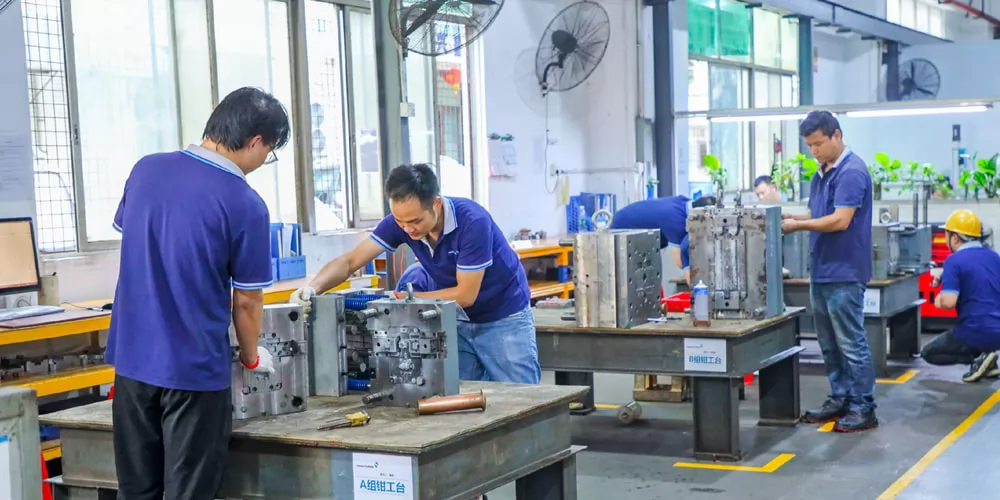
Frequently Asked Questions
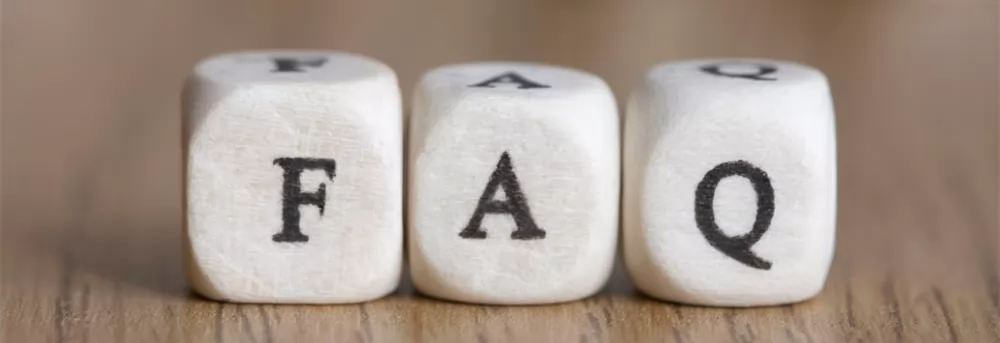
What is the cost per unit of injection molding?
For a small batch of 100 pieces, the single cost is about 4 US dollars, for a medium batch of 5,000 pieces, the single cost is about 2.6 US dollars, and for a large batch of 100,000 pieces, the single cost is about 1.7 US dollars.
Is injection molding expensive?
The initial cost of setting up injection molding is usually more expensive as this will include the design and fabrication of the mold. This is why injection molding is only suitable for mass-produced products, as this will reduce the overall unit cost over time,
How to calculate injection molding cost?
Injection molding cost = (material cost + labor cost + management cost + mold cost + manufacturing cost + other expenses)
Which is cheaper, injection molding or 3D printing?
Injection molding is less expensive than 3D printing if you are producing more than 100 parts. While the unit cost remains relatively constant using 3D printing, the price of injection molding can drop significantly the more pieces are molded


